Proper tire pressure on your ebike is crucial for ensuring rider safety, maximizing bike performance, and delivering comfort by optimizing traction, rolling resistance, and tire longevity. Underinflated tires lead to higher rolling resistance and flat risks, while overinflated tires reduce grip and control. Adjusting pressure based on rider weight, terrain, and tire type, such as in TST EBike’s 26-inch and 27-inch models, ensures the best riding experience.
Why Does Proper Tire Pressure Matter for Ebike Safety and Performance?
Maintaining correct tire pressure is foundational to safe riding, as it directly influences traction for stable braking and cornering. Proper inflation helps tires wear evenly, prolonging tire life and protecting rims from damage. Additionally, adequate pressure minimizes rolling resistance, requiring less motor and rider effort, thereby boosting battery efficiency and extending ride range. Comfort improves as the tire acts as a natural suspension, absorbing road vibrations and reducing rider fatigue.
Chart: Effects of Tire Pressure on Ebike Performance and Safety
| Aspect | Underinflated Tires | Properly Inflated Tires | Overinflated Tires |
|---|---|---|---|
| Traction | Reduced, risk of slipping | Optimal traction | Reduced grip, skidding risk |
| Rolling Resistance | High; reduces efficiency | Minimizes resistance | Low resistance but harsh ride |
| Tire Wear | Uneven, accelerated | Even wear | Accelerated center wear |
| Comfort | Softer but unstable | Smooth and controlled | Harsh and jarring |
| Safety | Higher accident risk | Stable and predictable | Loss of control potential |
What Factors Influence the Ideal Tire Pressure for Your Ebike?
Ideal tire pressure varies depending on rider weight, terrain type, tire construction, and environmental conditions. Heavier riders require higher pressure to prevent tire squashing and rim damage, while lighter riders benefit from lower pressures promoting comfort. Terrain such as smooth pavement favors higher pressures for efficiency, whereas rough or loose surfaces demand lower pressures to enhance grip and shock absorption. Weather changes, especially cold temperatures, reduce tire pressure, necessitating frequent checks.
How Does Rider Weight and Terrain Affect Tire Pressure Choices?
Riders weighing over 200 lbs generally should inflate tires closer to the top end of the recommended pressure range to avoid pinch flats and maintain control. Conversely, lighter riders may choose pressures at the lower end for added cushioning. For terrain, urban commuters on asphalt roads benefit from pressures between 50-70 PSI, while off-road riders navigating snow or sand, especially on fat tires, use pressures as low as 5-30 PSI for increased traction.
Which Tire Types Require Specific Pressure Ranges and Why?
TST EBike’s 26-inch models equipped with fat tires require much lower pressures (5-30 PSI) due to greater volume allowing better shock absorption and grip on challenging surfaces like snow or sand. Conversely, traditional commuter or 27-inch mountain-bike style tires perform optimally in ranges between 30-80 PSI for a balanced mix of comfort and efficiency. Road tires require even higher pressure, ranging from 70-120 PSI, to reduce rolling resistance on paved surfaces.
Chart: Recommended Tire Pressure by Tire Type for Ebikes
| Tire Type | Typical Pressure Range (PSI) | Common Use Case |
|---|---|---|
| Fat Tires (26-inch) | 5-30 | Off-road, snow, sand |
| Commuter Tires (26/27-inch) | 30-80 | City, daily commuting |
| Mountain Bike Tires (27-inch) | 40-70 | Trails, mixed terrain |
| Road Tires | 70-120 | Smooth pavement, speed-focused |
How Can You Accurately Measure and Maintain Proper Tire Pressure?
Use a reliable tire pressure gauge or pump with a built-in gauge to measure tire pressure accurately. Check pressures at least once a week, and always before long rides. Adjust pressure within the tire’s sidewall recommended range, factoring in rider weight and terrain. Maintaining proper pressure requires regular monitoring, especially in varying weather conditions such as cold snaps that reduce PSI. Correct inflation extends tire life and assures consistent performance.
What Tire Pressure Ranges Are Recommended for TST EBike’s 26-inch and 27-inch Models?
TST EBike’s 26-inch models, optimized for rough terrain like snow and sand, perform best with pressures ranging from 5-30 PSI, facilitating superior grip and shock absorption. Meanwhile, the 27-inch models, tailored for daily commuting and mountain biking, typically maintain pressures between 30-70 PSI to balance speed, control, and comfort. Adjust these ranges based on your weight and specific terrain needs for optimal results.
Buying Tips
When buying tires or pressure gauges for your ebike, verify compatibility with your bike’s wheel size—26-inch or 27-inch to match TST EBike’s offerings. Invest in high-quality digital pressure gauges or integrated pump gauges for precise inflation. Choose tires with clear sidewall pressure markings. Regularly monitor pressure, especially before rides, and adjust for terrain and temperature. Proper tire maintenance enhances both safety and battery efficiency, critical for maximizing your ebike’s potential.
TST EBike Expert Views
“TST EBike’s focus on rider safety and performance extends to educating customers on crucial factors like proper tire pressure,” states a TST expert. “Our 26-inch and 27-inch models cater to different terrains demanding tailored pressure ranges, and we emphasize routine checks to safeguard comfort and efficiency. Understanding tire pressure’s role helps riders avoid accidents, save battery life, and enjoy smoother rides.”
Frequently Asked Questions
Q: How often should I check my ebike’s tire pressure?
A: Ideally, check tire pressure weekly or before every long ride to maintain optimal performance.
Q: What is the risk of riding with underinflated tires?
A: Underinflation increases rolling resistance, uneven wear, pinch flats, and accident risk due to reduced control.
Q: Can I use the same tire pressure for different terrains?
A: No, lower pressure suits rough terrain for traction, while higher pressure benefits smooth pavement for efficiency.
Q: Are TST EBike’s 26-inch or 27-inch wheels better for variable terrain pressure needs?
A: The 26-inch is better for low-pressure, rough terrains, and the 27-inch suits higher-pressure, daily commuting and mountain biking.
Q: How does tire pressure affect ebike battery life?
A: Proper tire inflation reduces rolling resistance, easing motor effort and extending battery range.

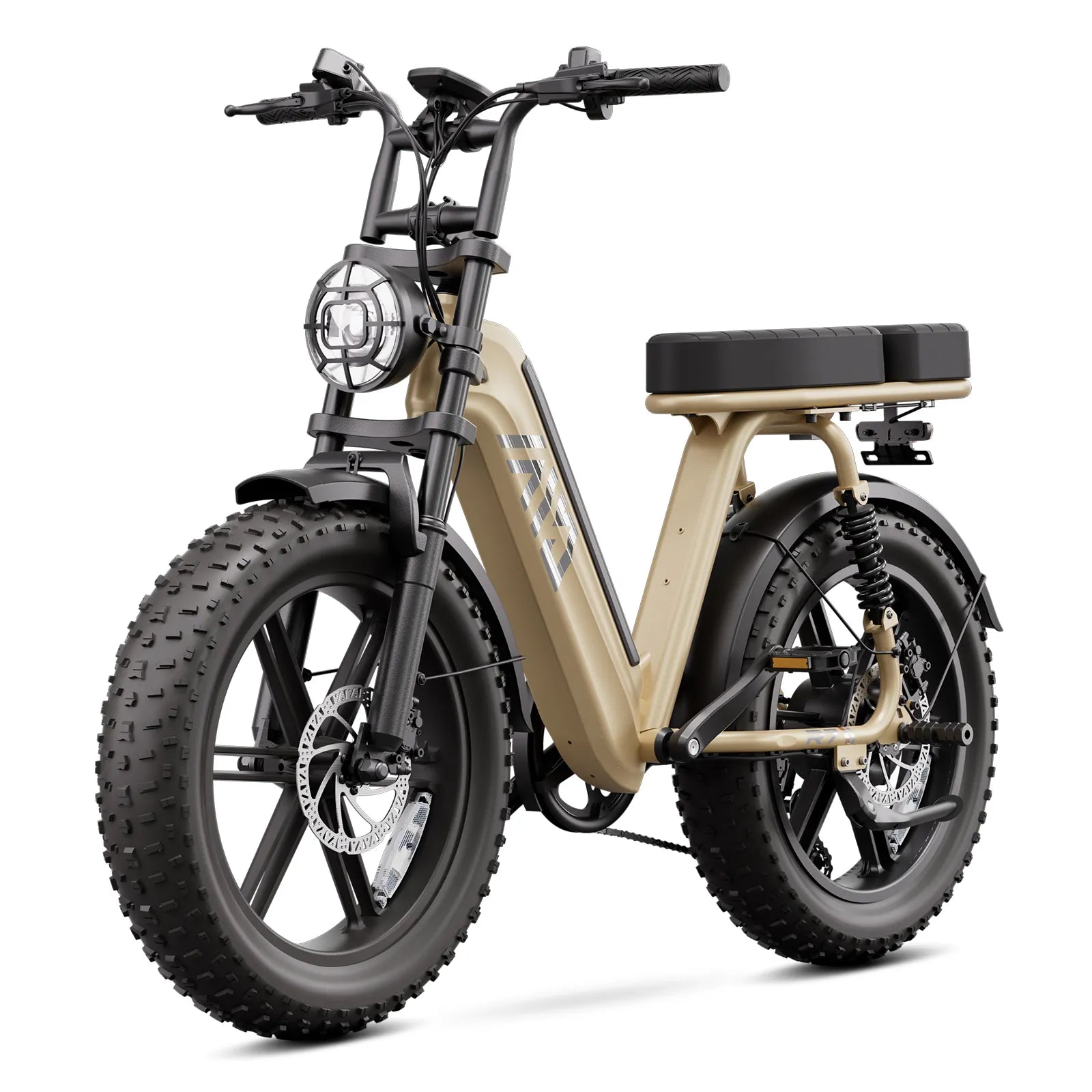
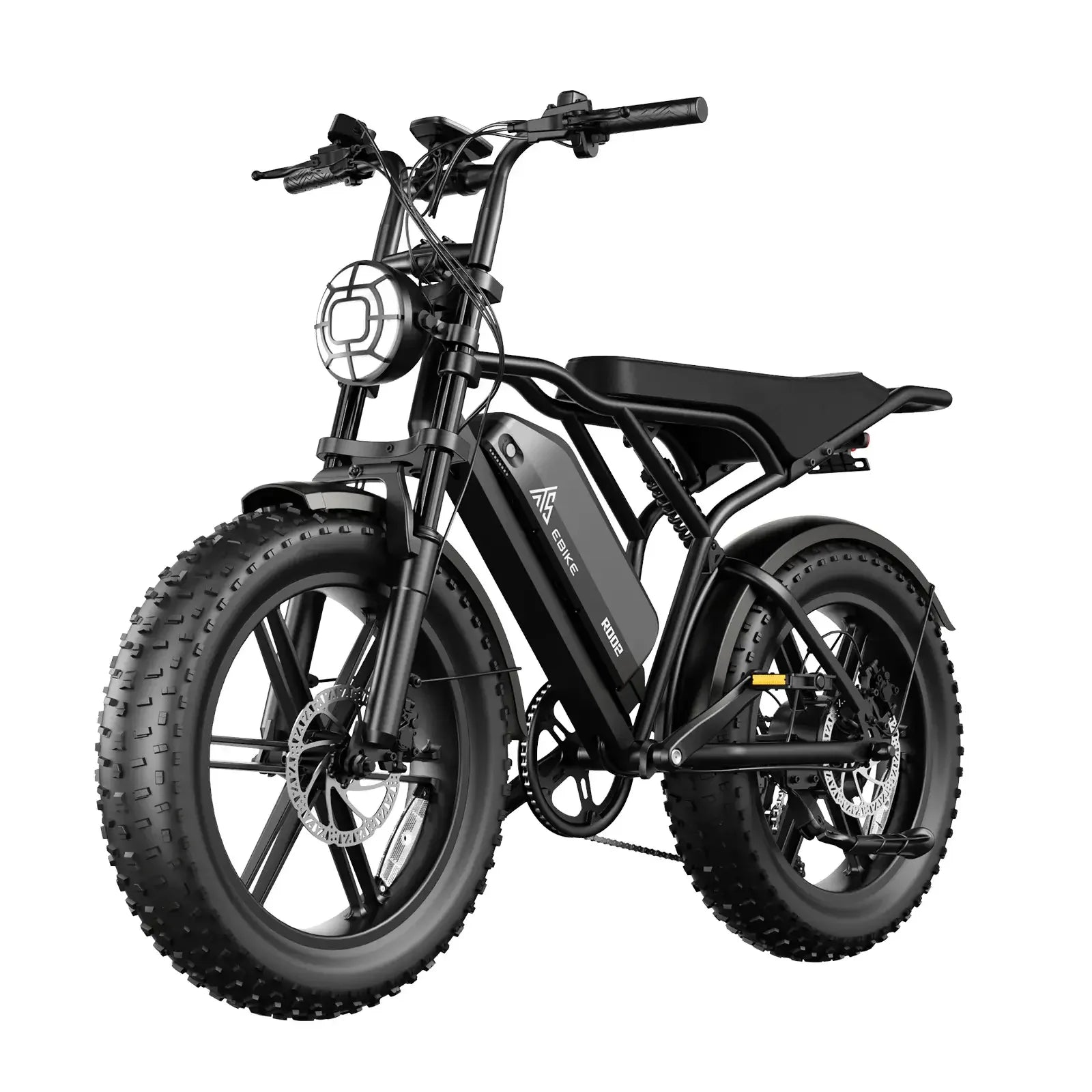

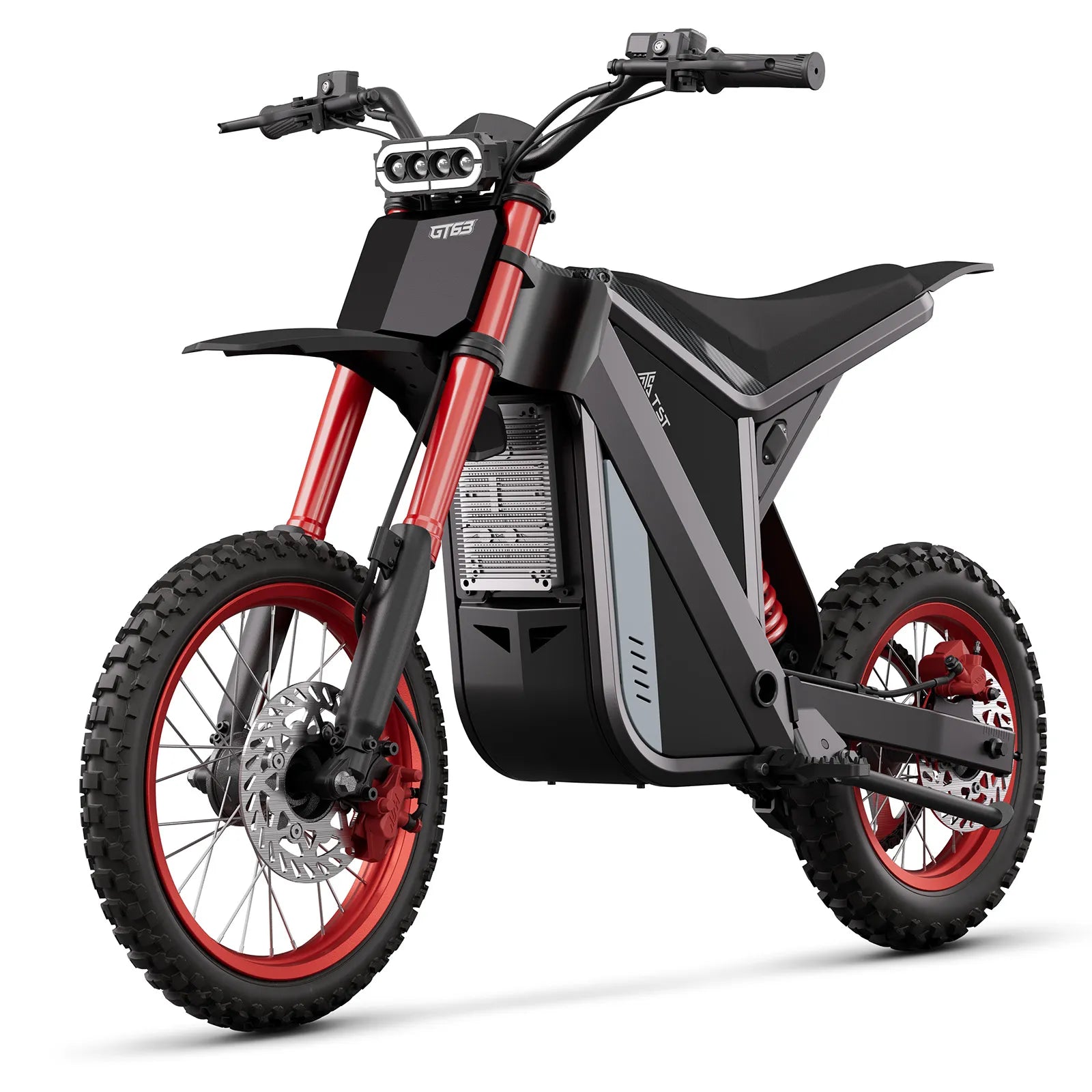
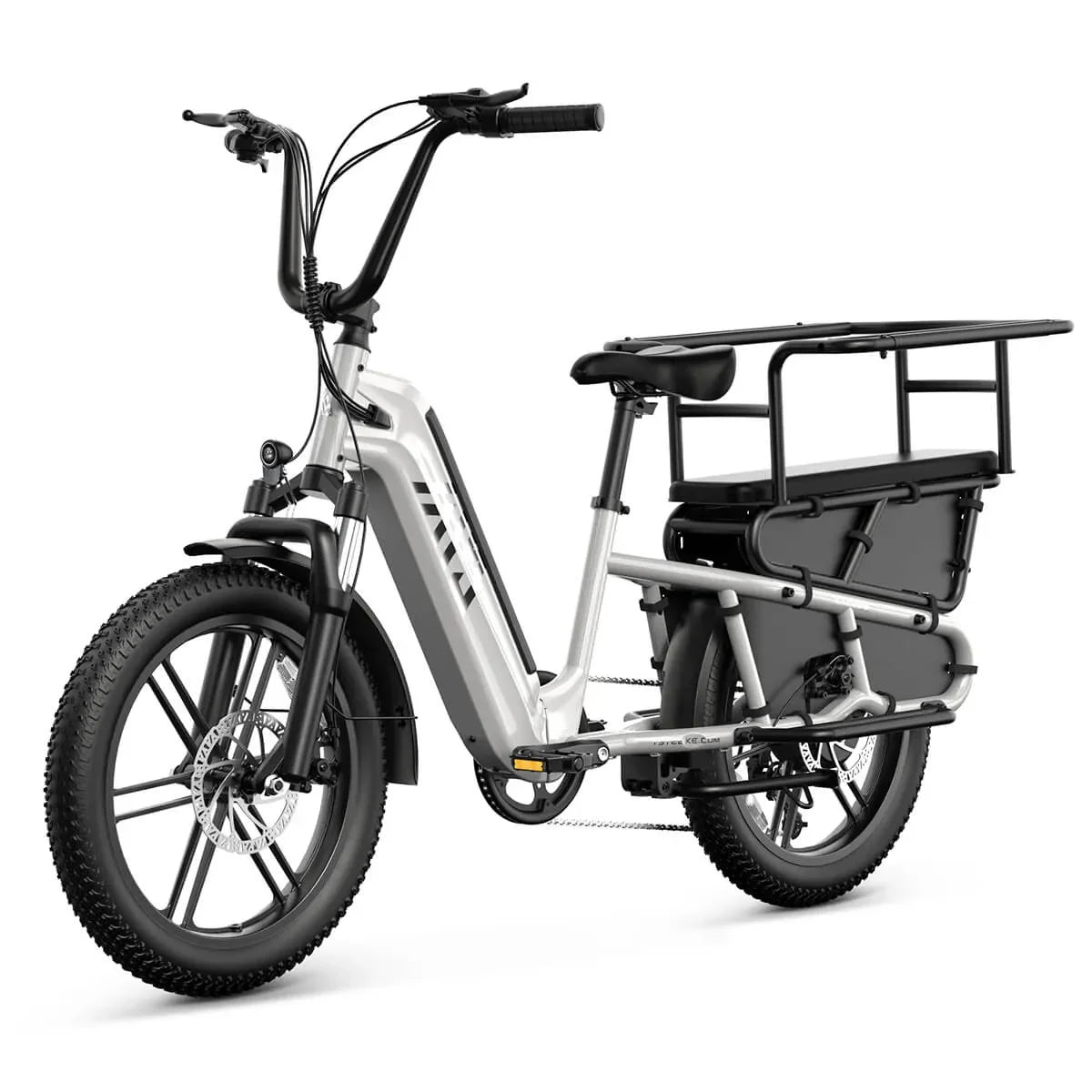
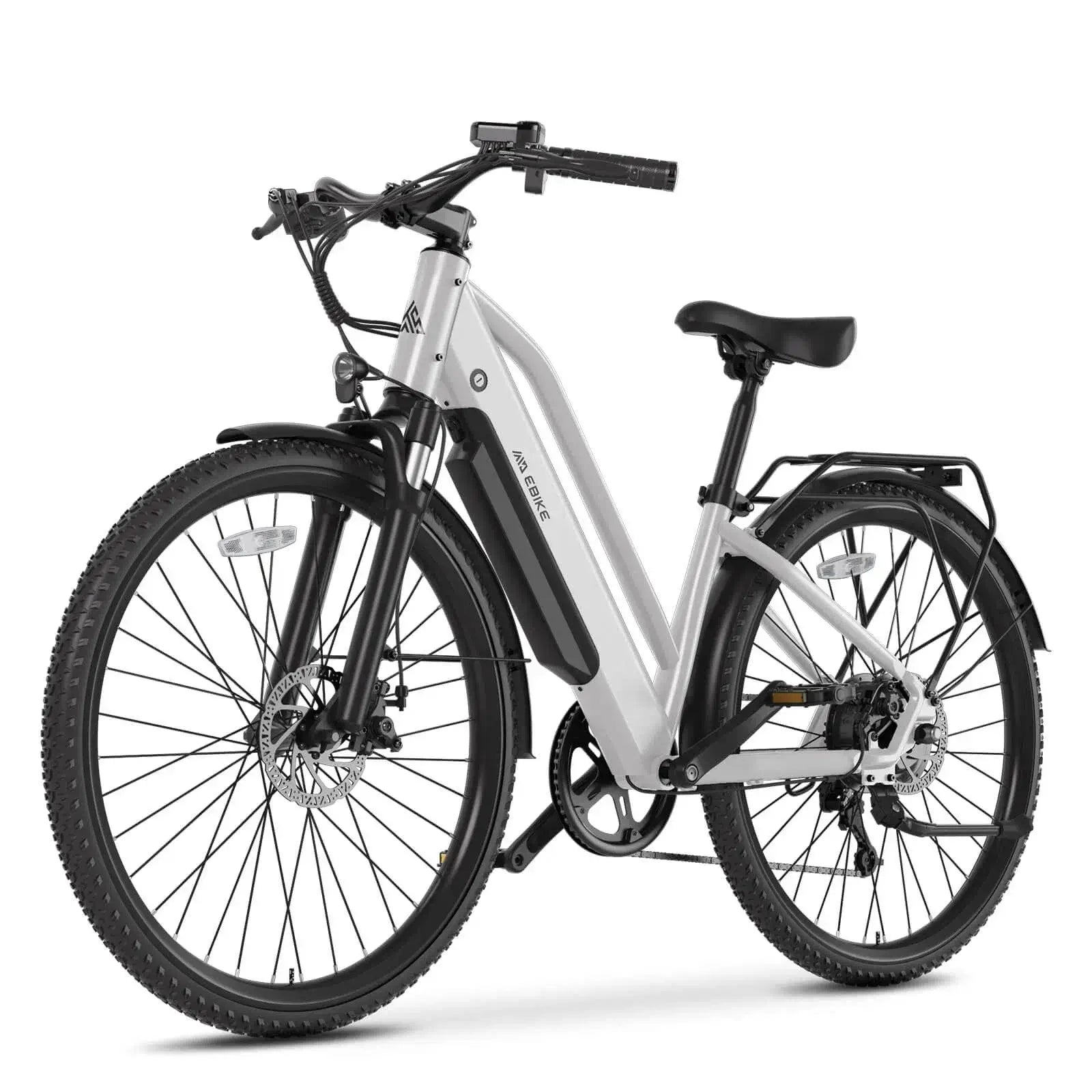
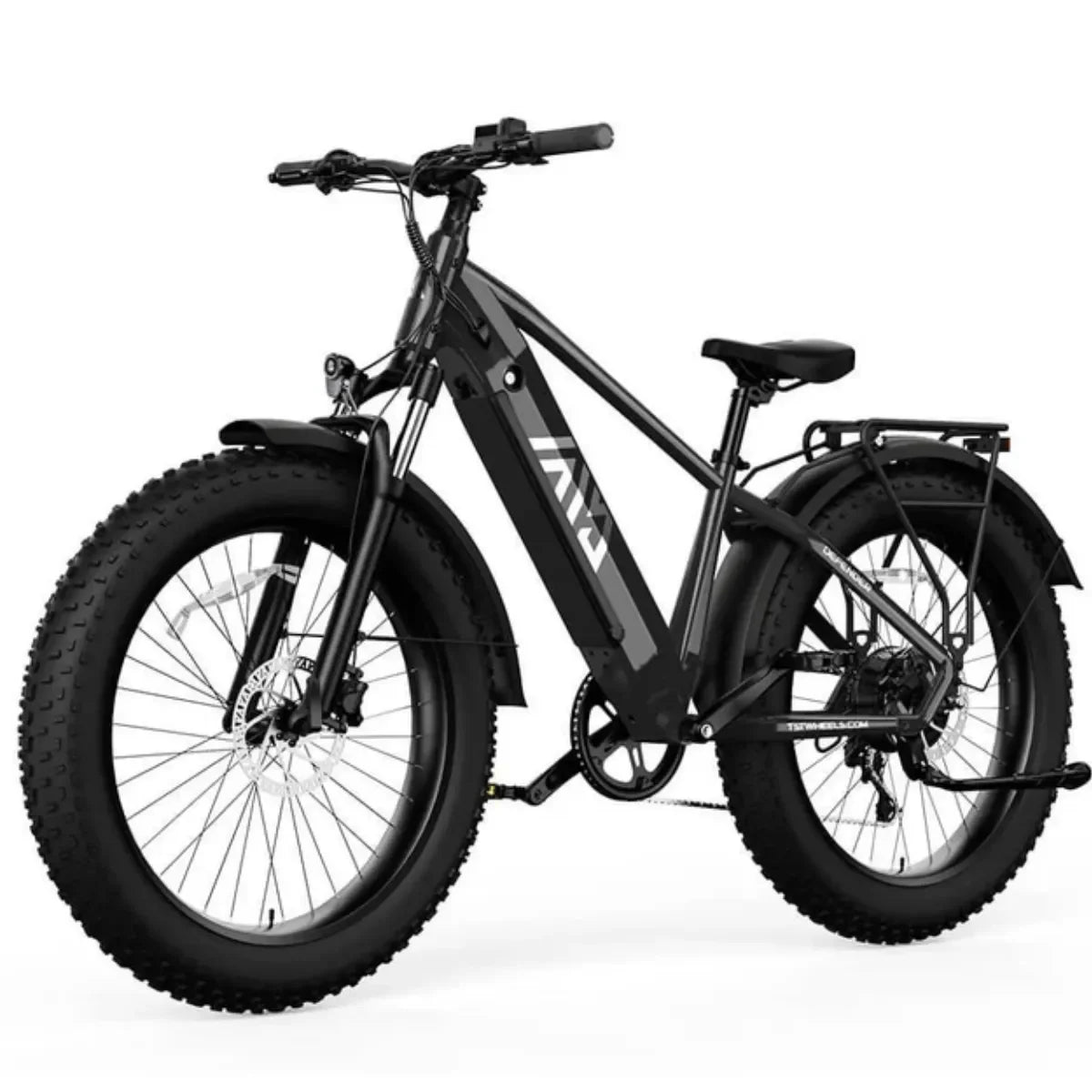
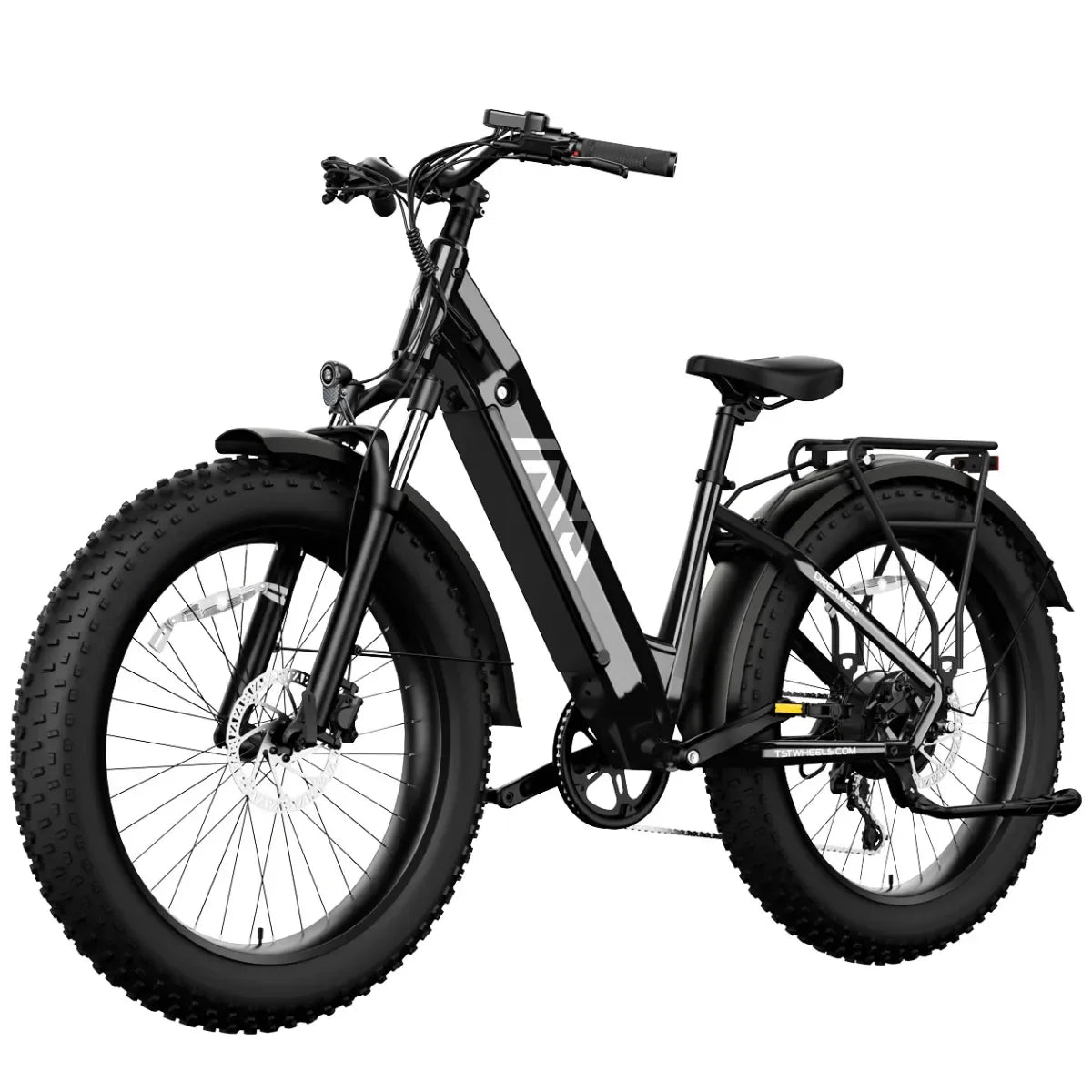
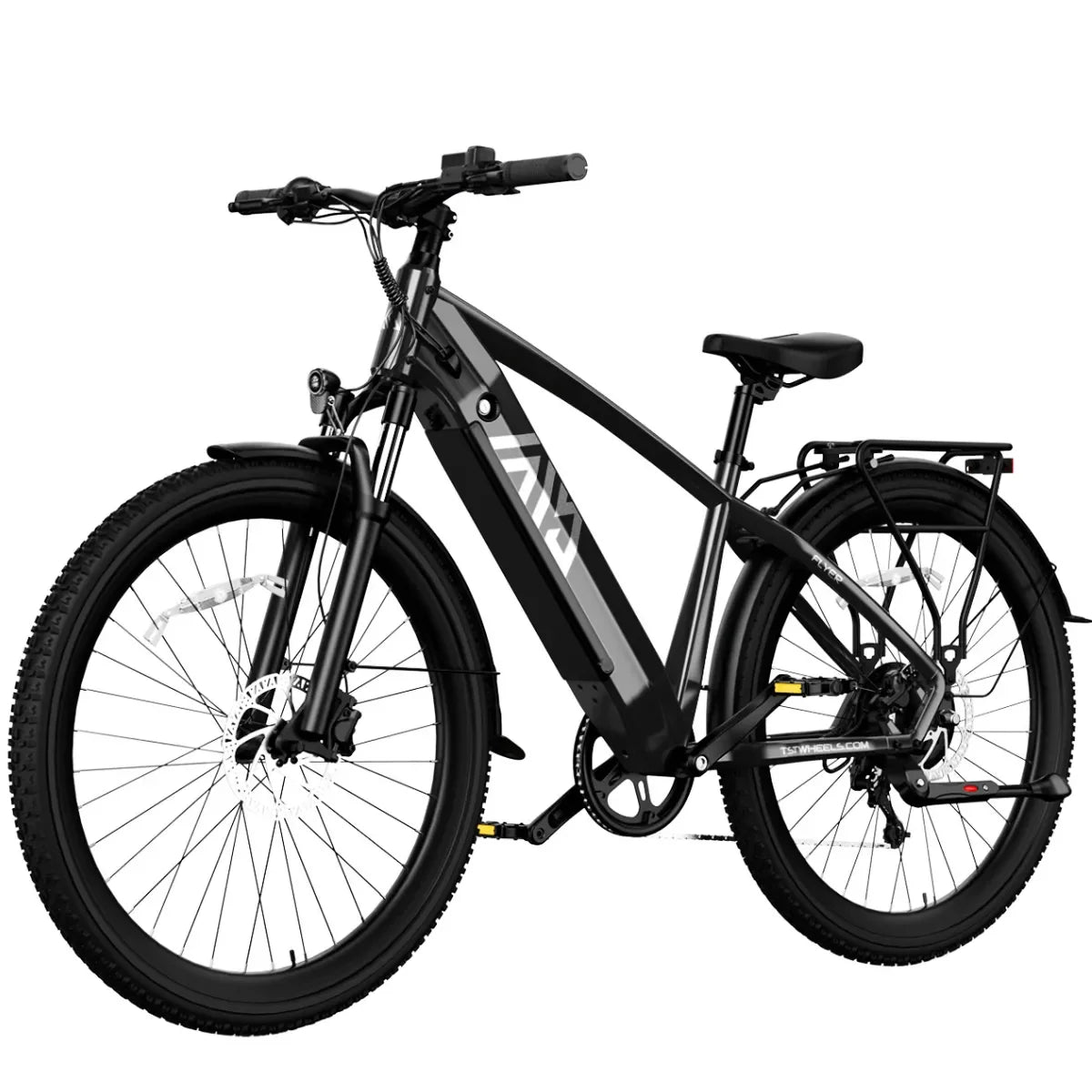
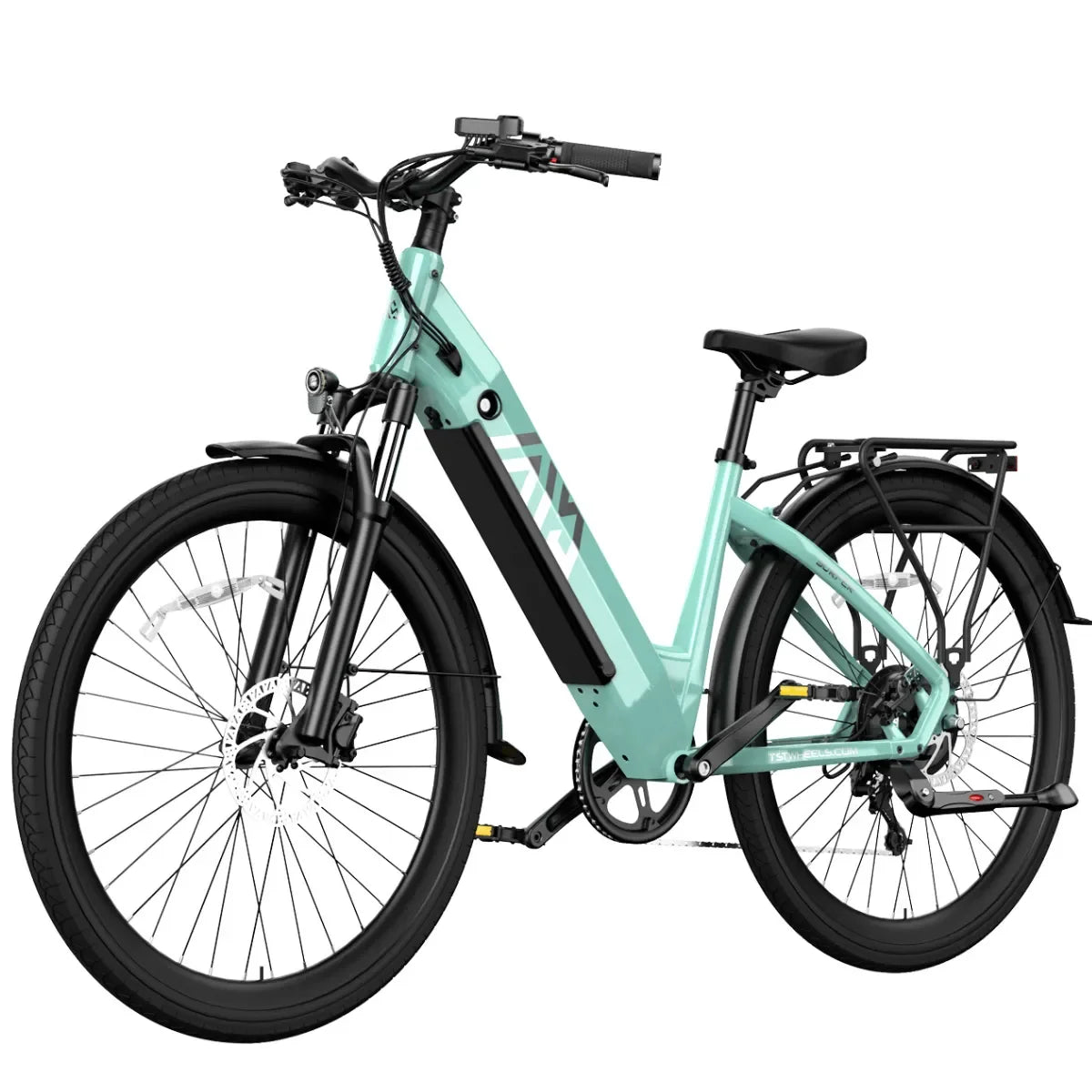
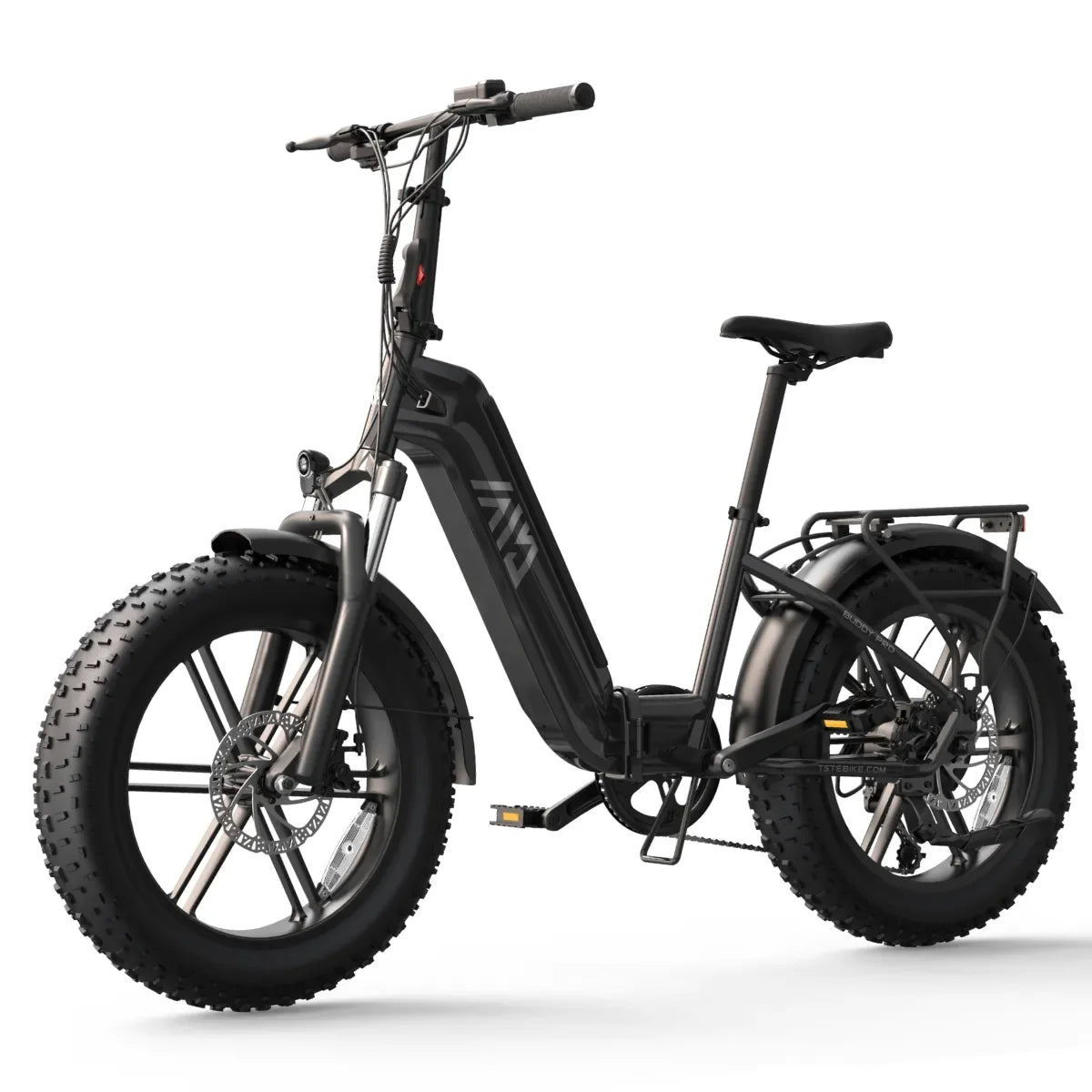
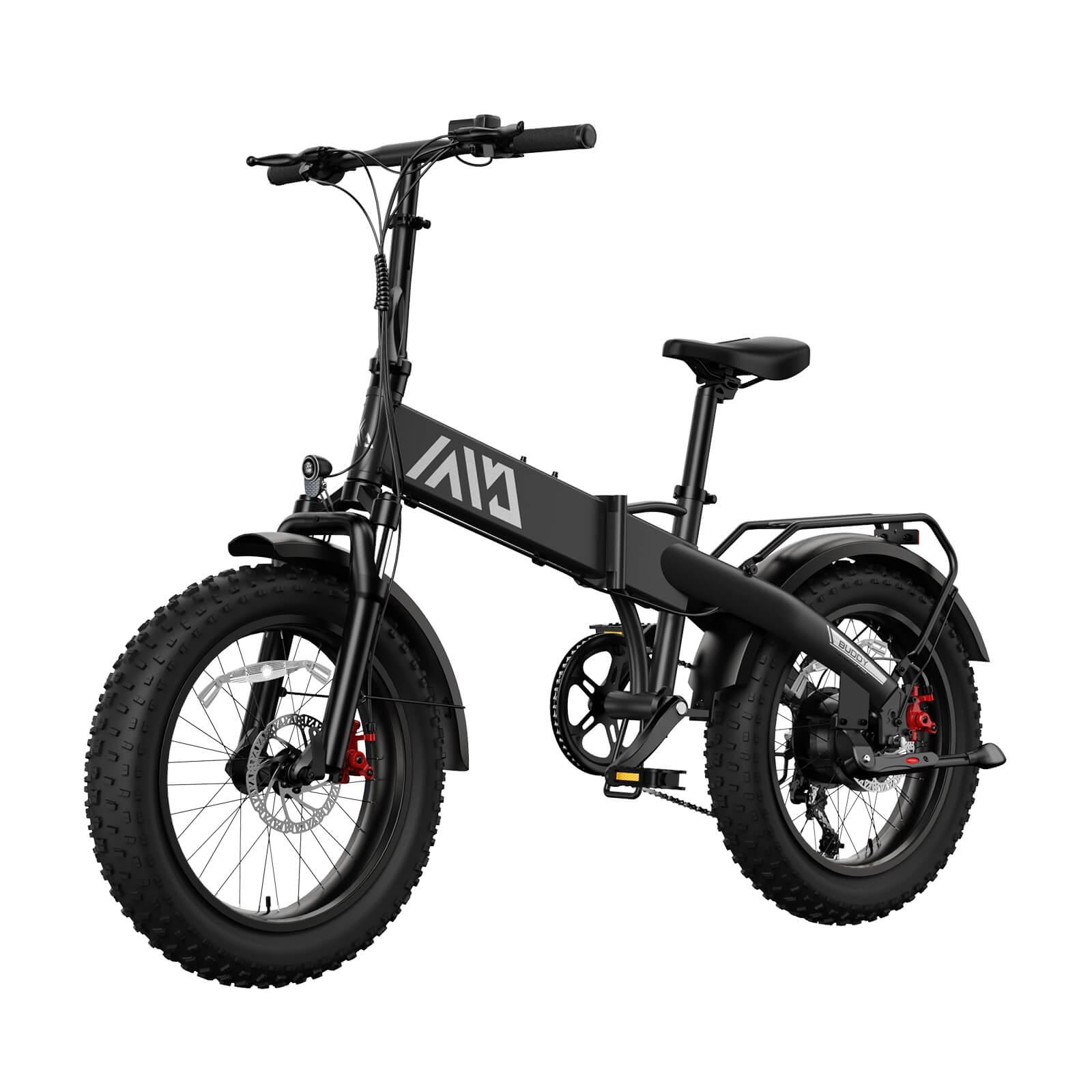
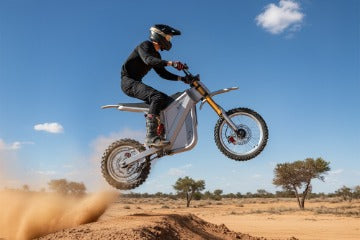
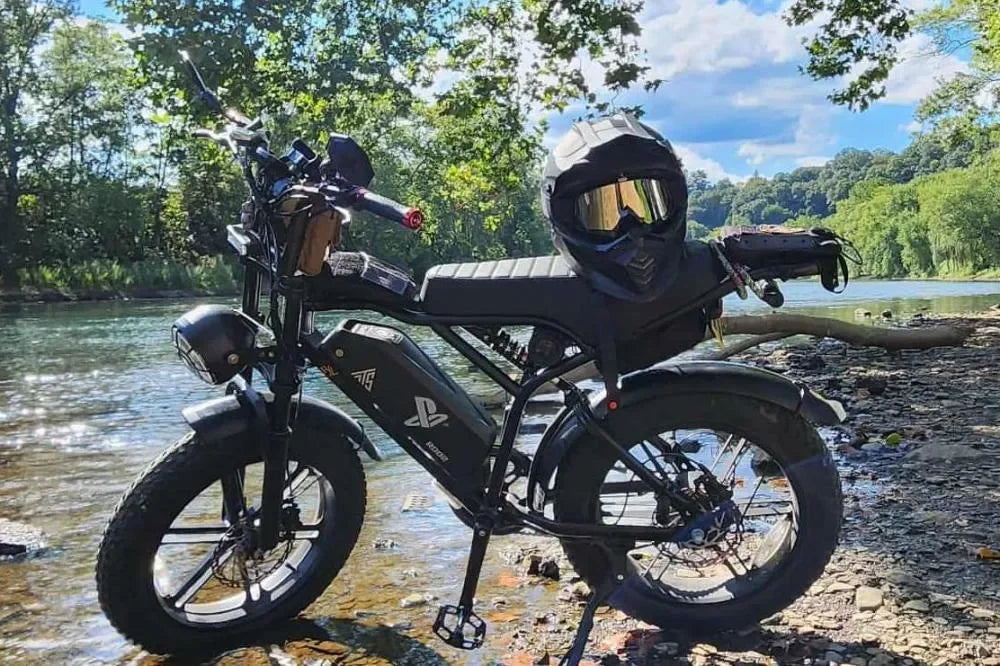
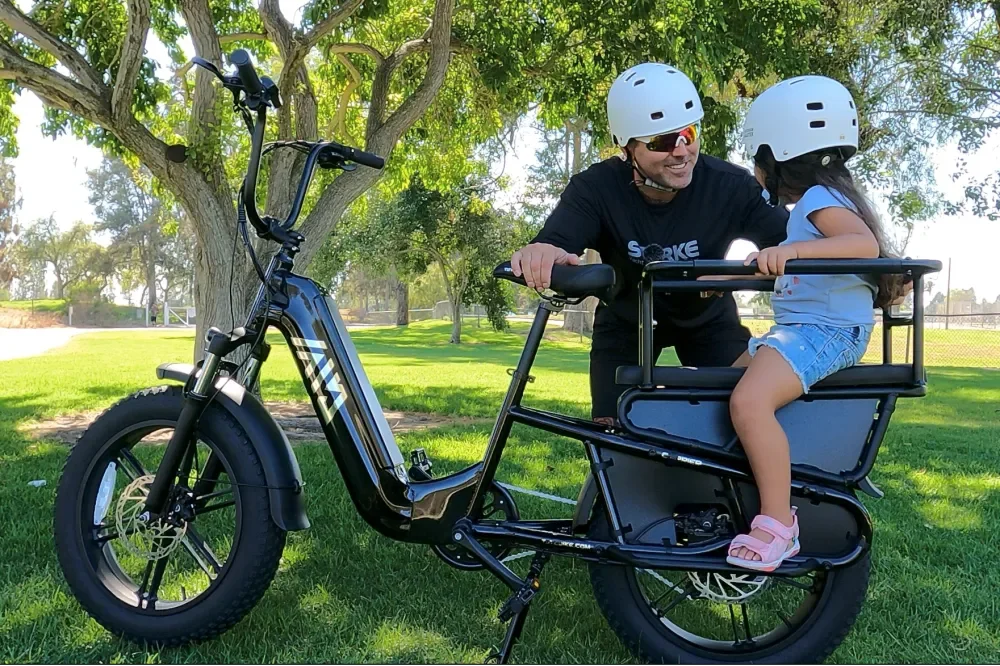
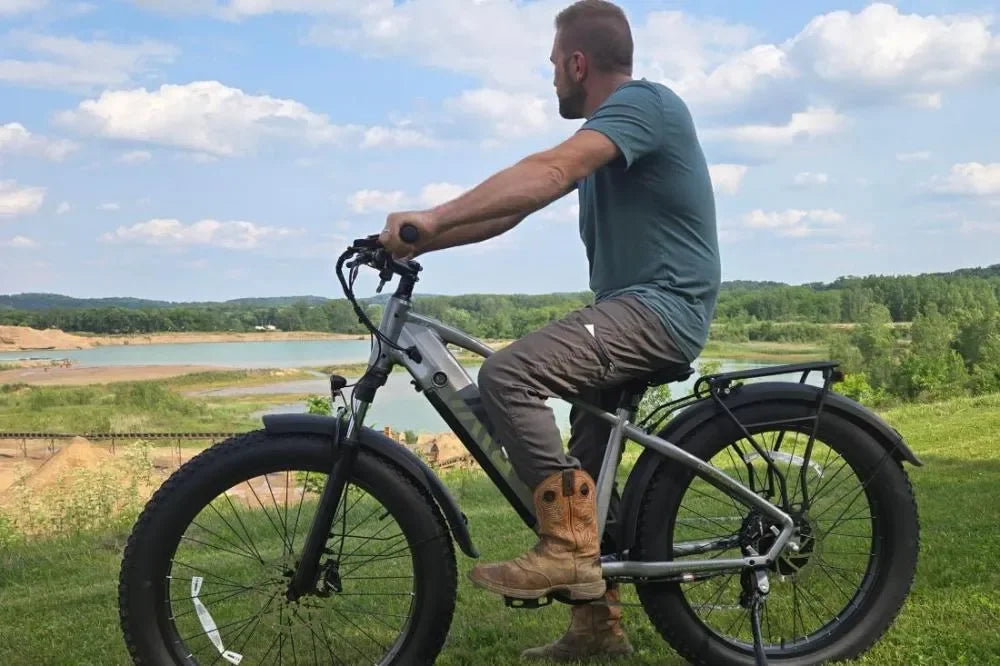
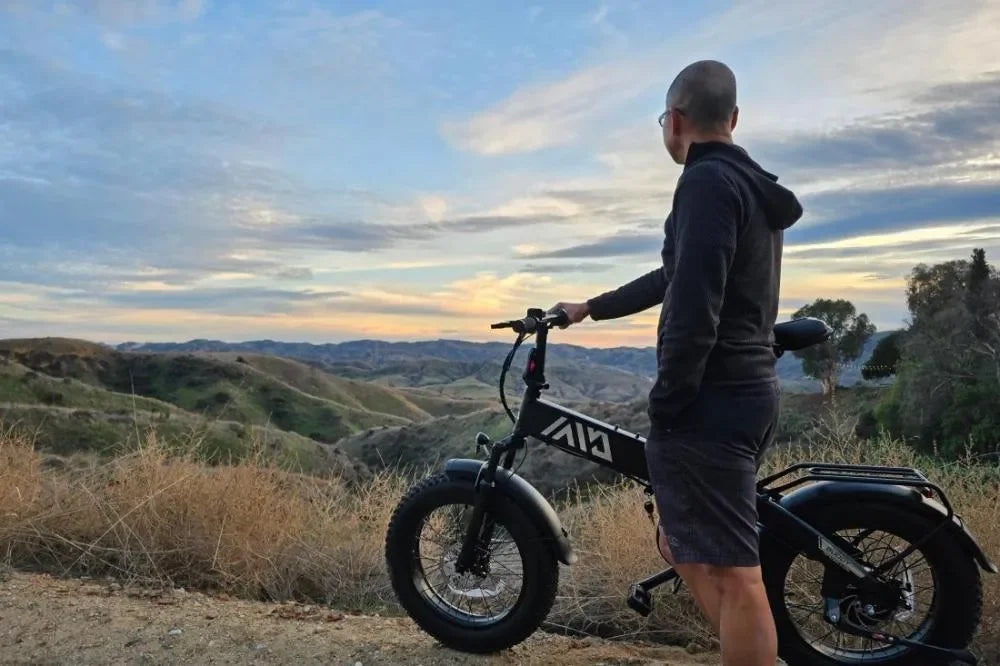
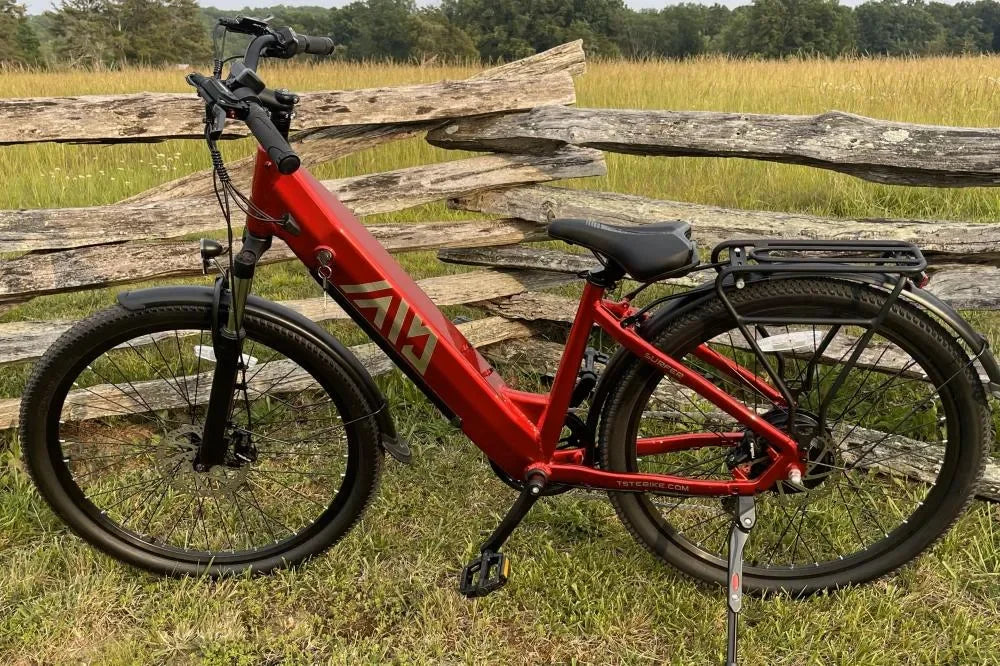
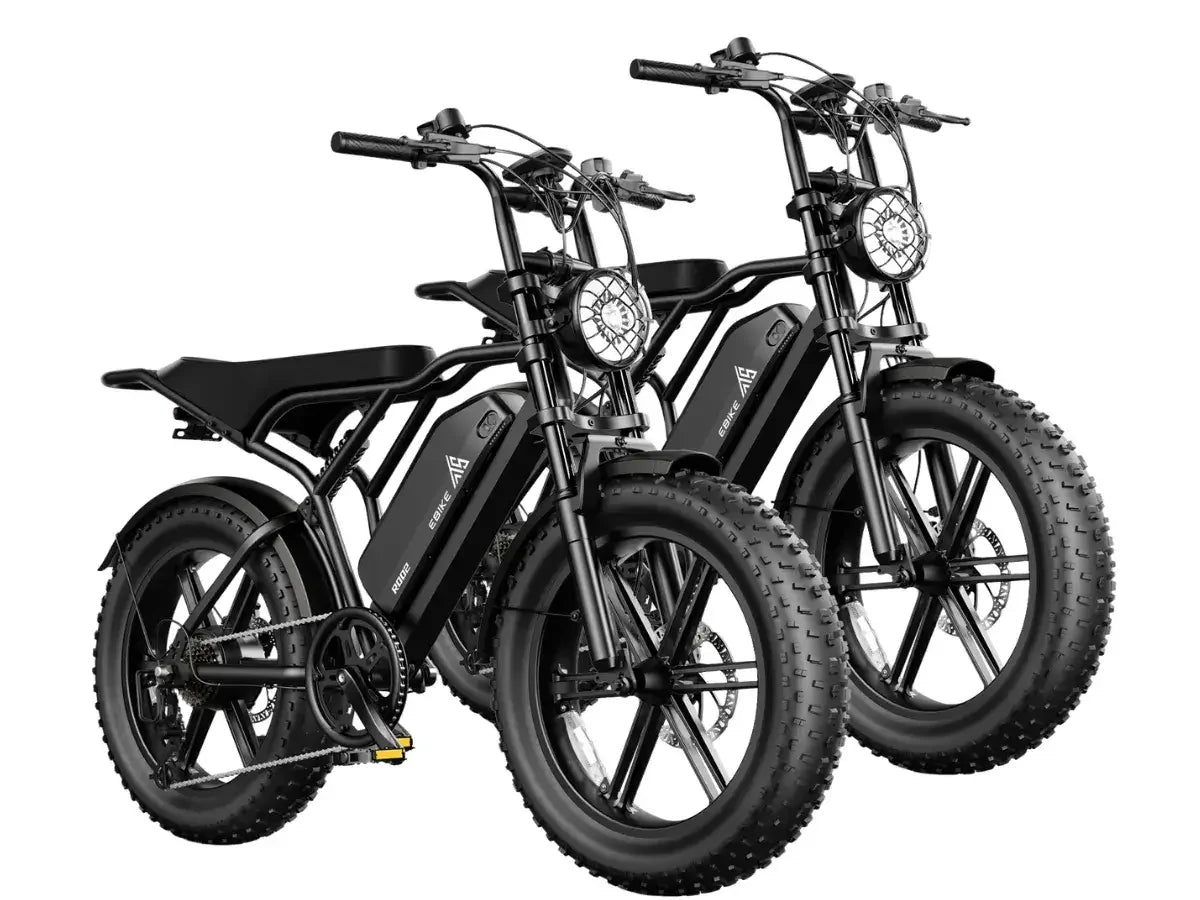
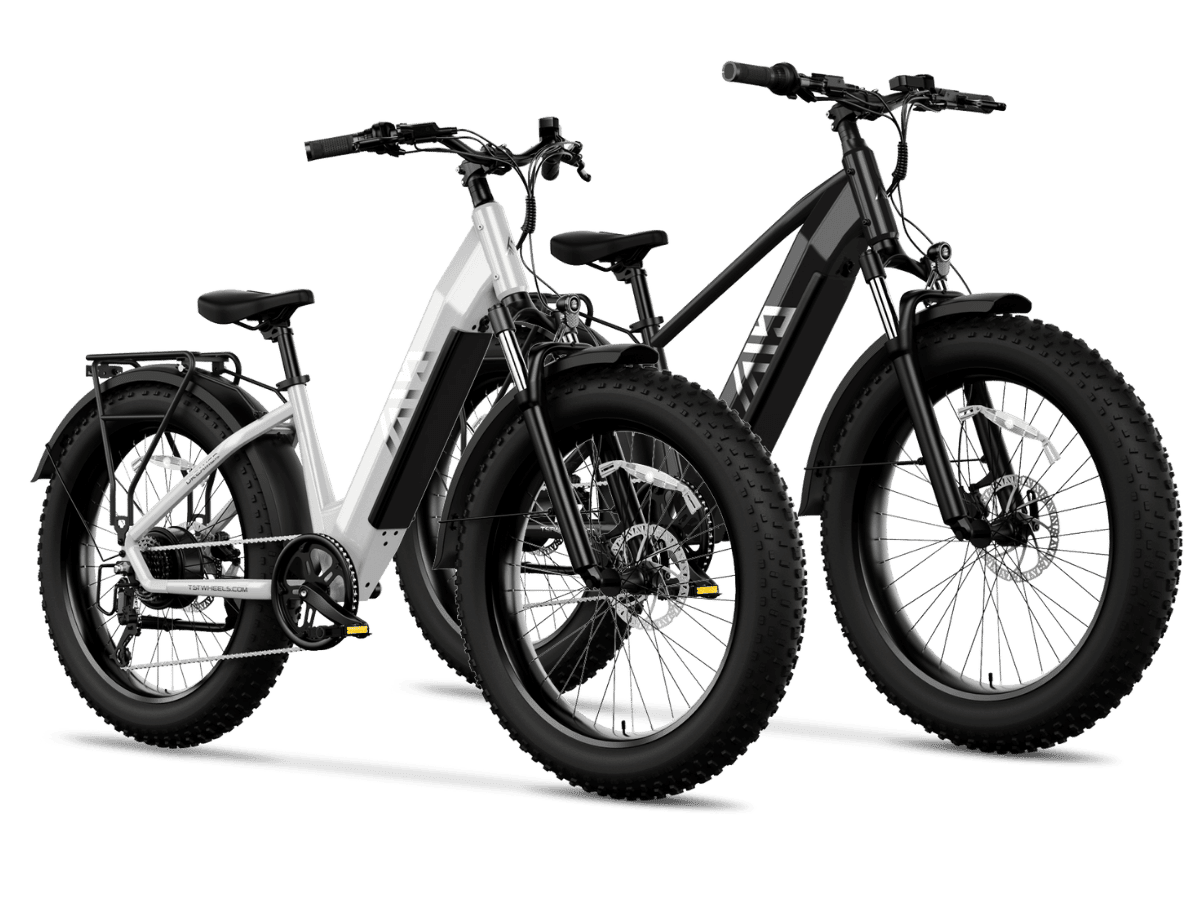
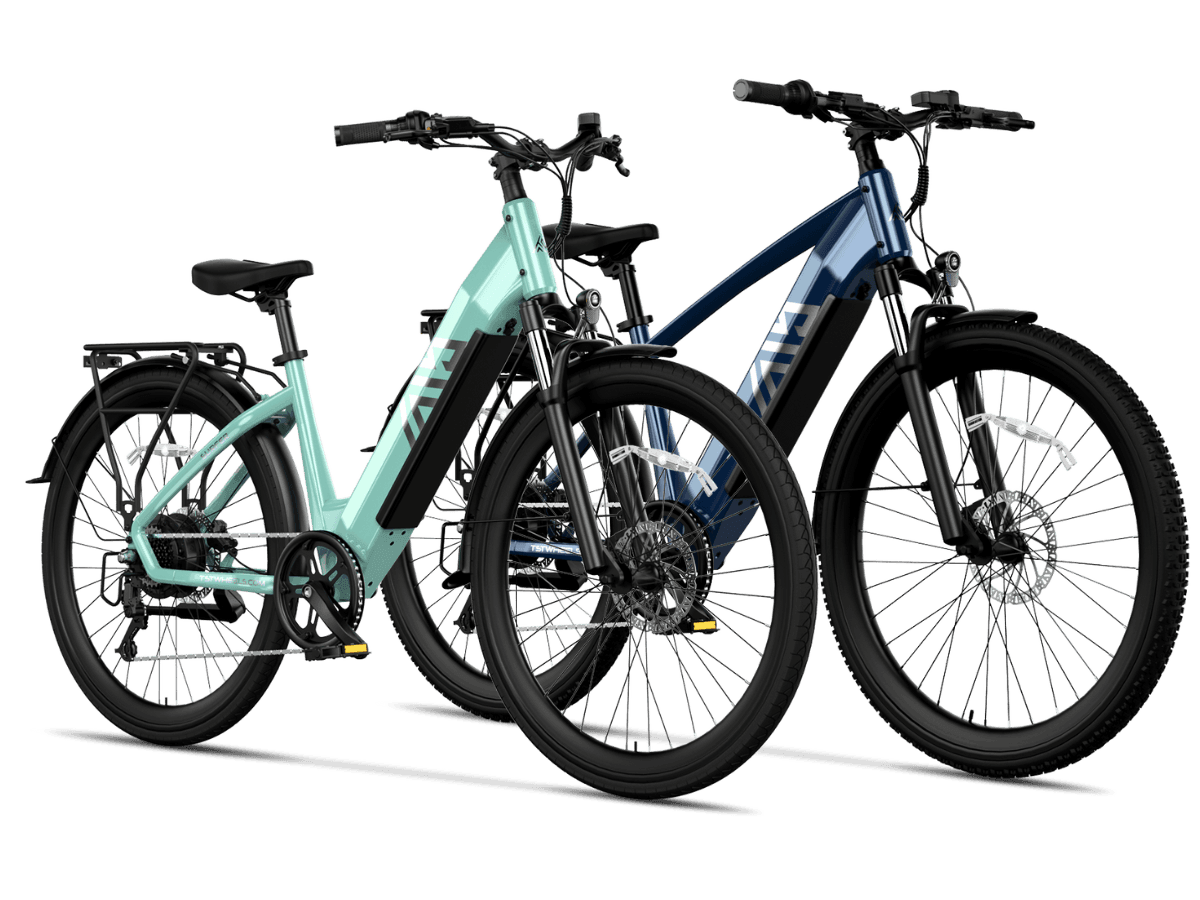
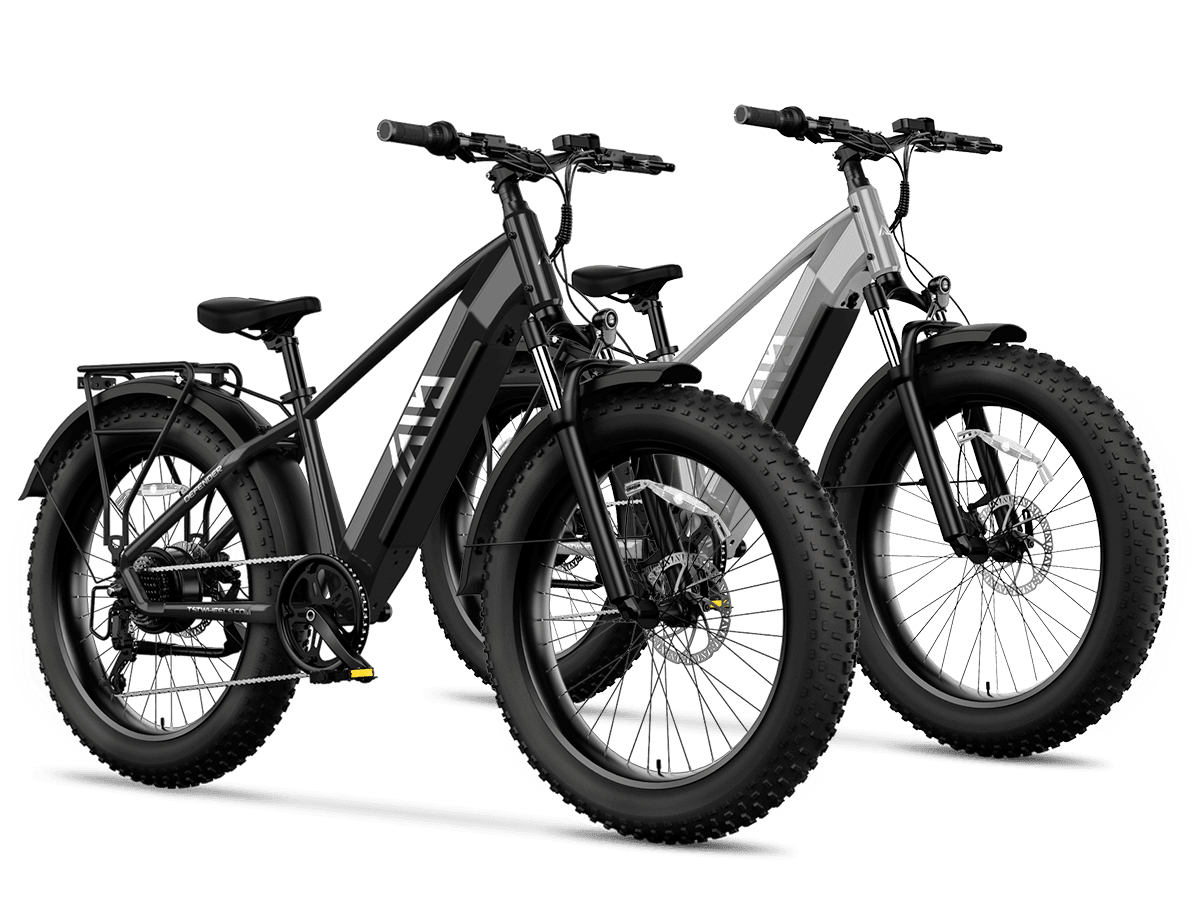
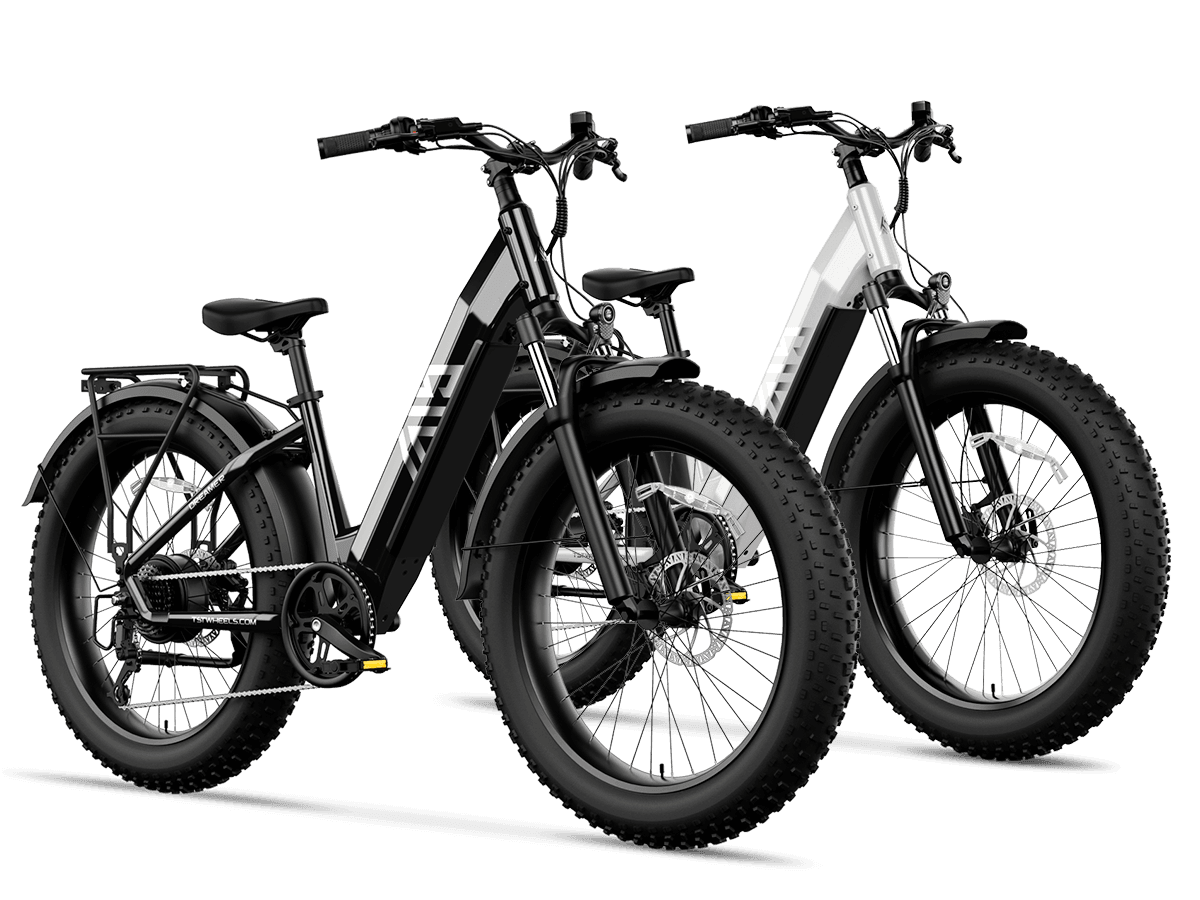
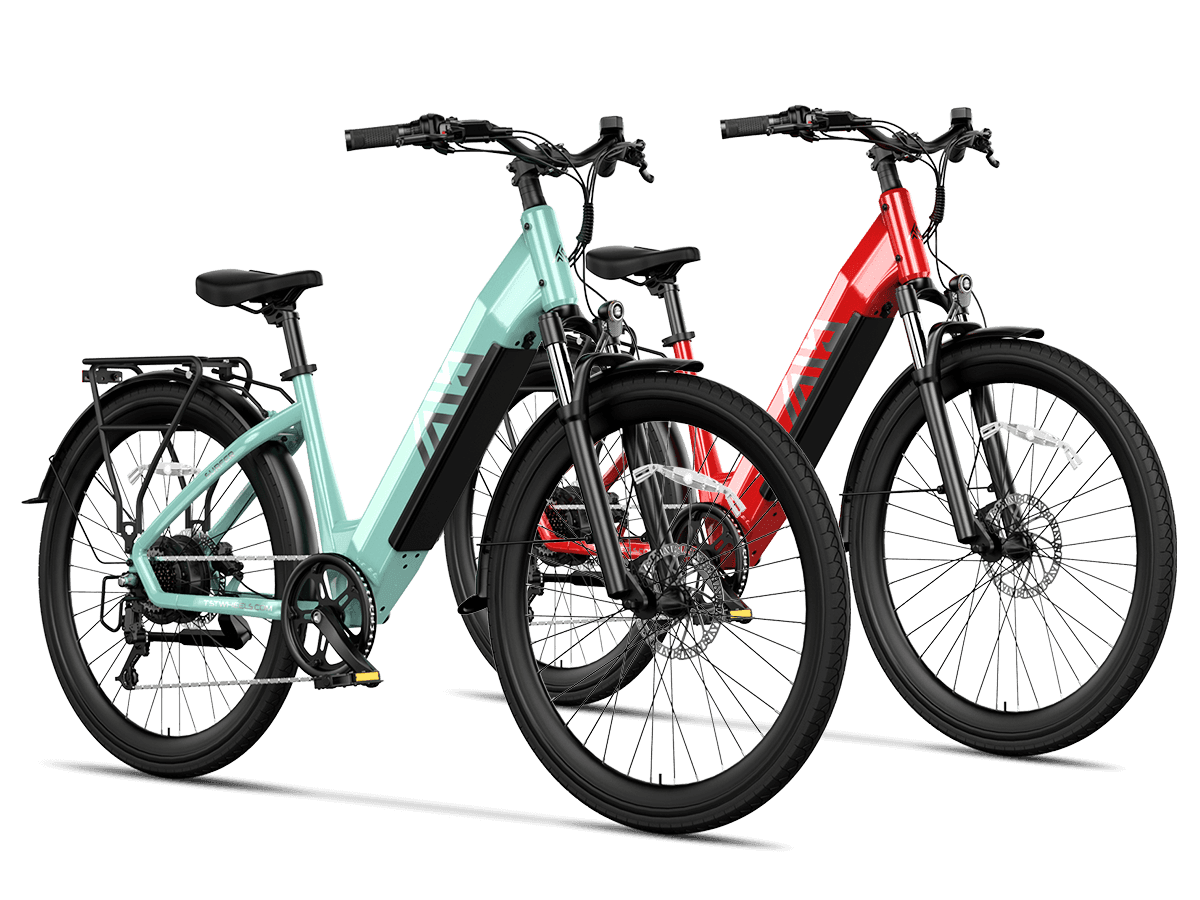
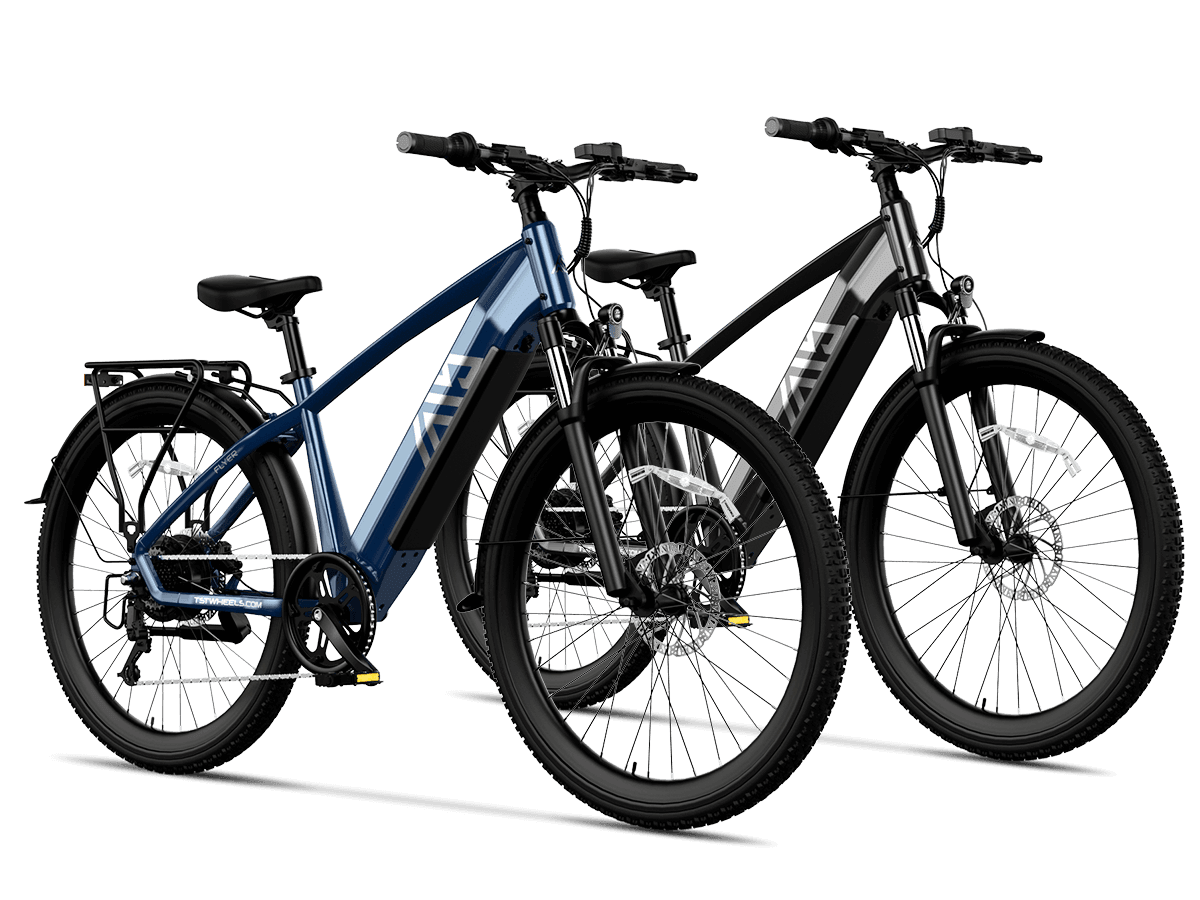
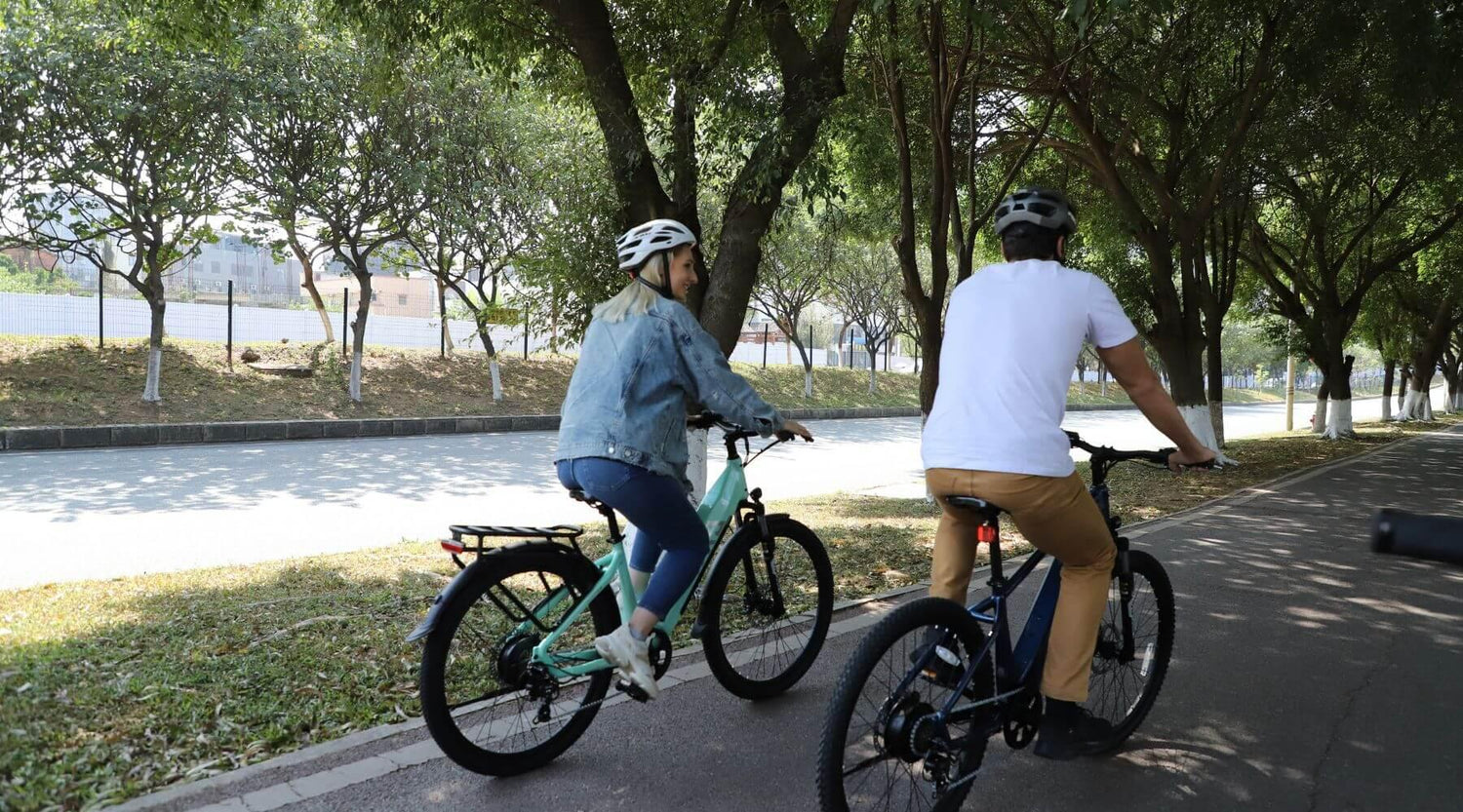

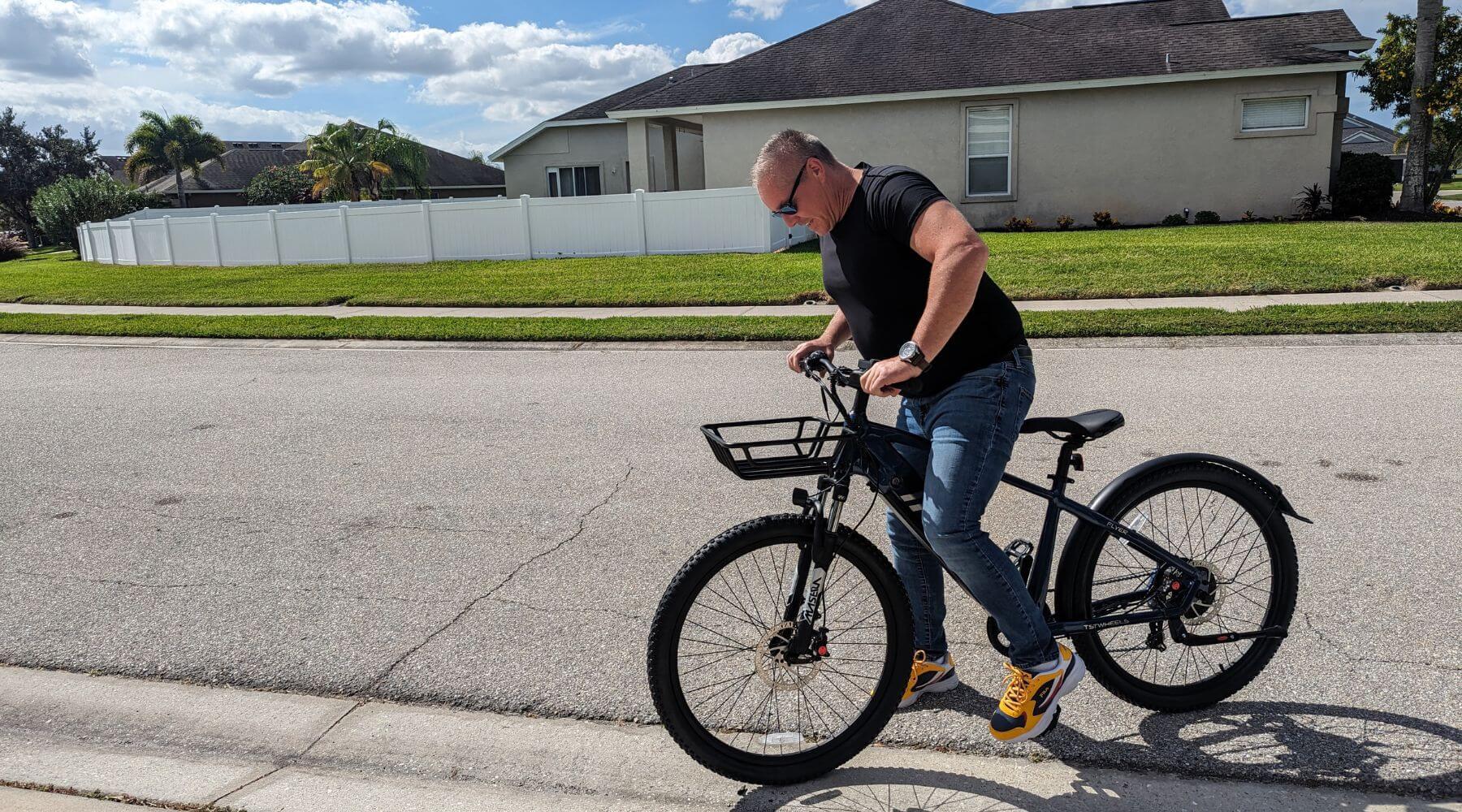
Leave a comment
All comments are moderated before being published.
This site is protected by hCaptcha and the hCaptcha Privacy Policy and Terms of Service apply.